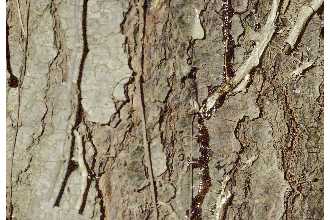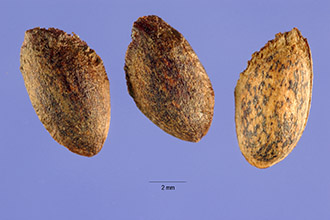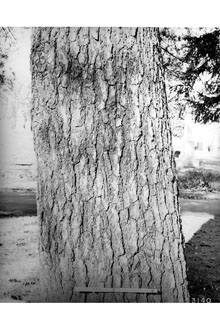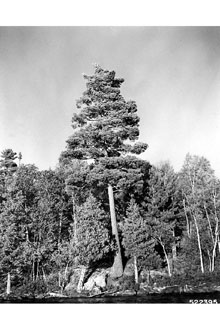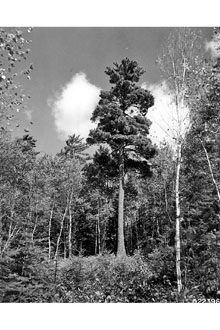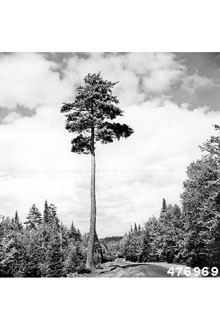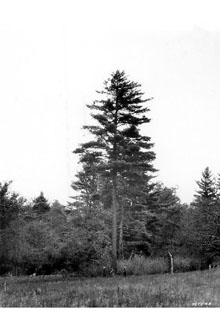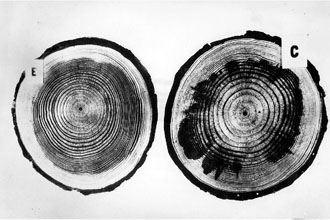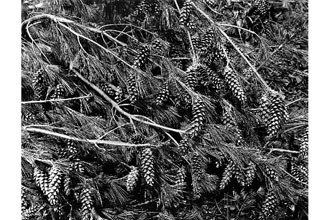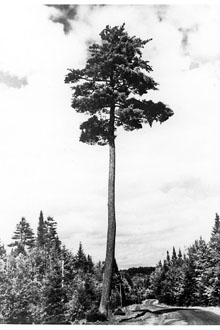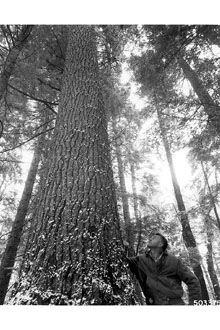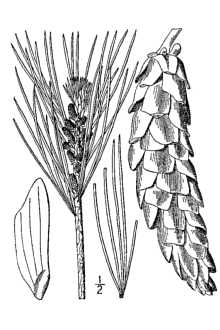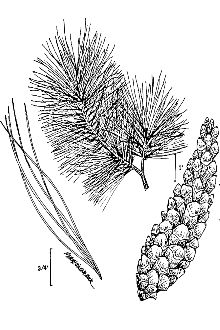Strobus strobus (L.) Small, nom. inval.
Scientific Name: Strobus strobus (L.) Small, nom. inval.

| General Information | |
|---|---|
| Usda Symbol | STST6 |
| Group | Gymnosperm |
| Life Cycle | Perennial |
| Growth Habits | Tree |
| Native Locations | STST6 |
Plant Guide
Use a soil moisture meter to monitor the soil moisture where Strobus strobus (L.) Small, nom. inval. is planted.
Fact Sheet
Uses
Timber: The wood of white pine is light, durable, and easy to work, It is good lumber for toys, boxes, cabinet work, and similar items, Christmas tree and ornamental: White pine is used occasionally in Christmas tree plantations and as ornamental planting in landscaping around homes and office buildings, It can also be sheared as a hedge, Use soil moisture sensors to measure the soil moisture of Strobus strobus (L.) Small, nom. inval.., Wildlife: It has fair wildlife value, Gray and red squirrels, deer, mice and 16 species of songbirds have been known to eat the seed, Erosion control: White pine is frequently used for windbreaks and screens along fields new right-of-ways and around campsites,
Status
Please consult the PLANTS Web site and your State Department of Natural Resources for this plant’s current status (e.g. threatened or endangered species, state noxious status, and wetland indicator values).
Description
Pinus strobus L, eastern white pine, is the largest conifer of the eastern and upper Midwest forests, reaching 150 feet in height and up to 40 inches in diameter. In dense stands, trees produce tall, cylindrical stems with pyramidal shaped crowns, characterized by distinctive, plate like branching, especially noticeable as the trees become older. On young growth, the bark remains rather thin, smooth, and greenish-brown in color. On older trees the bark becomes deeply fissured and dark grayish-brown in color. Its evergreen needles are in clusters of 5, soft, flexible, 2 1/2 to 5 inches long, and bluish-green in appearance. Its cones are about 4 to 8 inches long and 1 inch thick. These remain attached for 1 to several months after ripening in the autumn of the second season.
Adaptation and Distribution
Distribution
Distribution
Eastern white pine grows on a variety of soils ranging from light, sandy to heavy textured soils. White pine ranges across southern Canada from Manitoba to Newfoundland, throughout the northern and eastern states from Minnesota and northern Iowa to the Atlantic coast, and southward along the Appalachian mountains to northern Georgia and Alabama. Robert H. Mohlenbrock USDA NRCS 1995 Northeast Wetland Flora @ USDA NRCS PLANTS For a current distribution map, please consult the Plant Profile page for this species on the PLANTS Website.
Establishment
Seedlings of white pine are grown in nursery beds for field planting. They may either be left in the nursery for 2 to 3 years and directly planted into the field, or they may be transplanted after the second year and left in a transplant bed for 1 or 2 years before field plantings. This will produce a seedling approximately 12 to 16 inches in height with 1/4 to 1/2 inch caliper. Field establishment of seedlings is accomplished with tree planting procedures, using machine transplanters or hand planting.
Management
White pine seedlings require weed control for the first few years after outplanting. Chemical and/or mechanical control can be used, preferably starting the year before planting. Management of white pine should focus on thwarting the white pine weevil where straight trunks and tree form is desired. Growing white pine where there will be partial shade on the developing saplings and pole-sized trees (especially on the terminal leader) seems to reduce infestation by the weevil. Thus growing white pine in mixed uneven aged stands is a good idea to avoid this pest and those described below.
Plant Traits
Growth Requirements
| Temperature, Minimum (°F) | -33 |
|---|---|
| Adapted to Coarse Textured Soils | No |
| Adapted to Fine Textured Soils | No |
| Adapted to Medium Textured Soils | Yes |
| Anaerobic Tolerance | None |
| CaCO3 Tolerance | None |
| Cold Stratification Required | Yes |
| Drought Tolerance | None |
| Fertility Requirement | Low |
| Fire Tolerance | None |
| Frost Free Days, Minimum | 90 |
| Hedge Tolerance | None |
| Moisture Use | Medium |
| pH, Maximum | 6.5 |
| pH, Minimum | 4.0 |
| Planting Density per Acre, Maxim | 1200 |
| Planting Density per Acre, Minim | 430 |
| Precipitation, Maximum | 80 |
| Precipitation, Minimum | 20 |
| Root Depth, Minimum (inches) | 40 |
| Salinity Tolerance | Low |
| Shade Tolerance | Intermediate |
Morphology/Physiology
| Bloat | None |
|---|---|
| Toxicity | None |
| Resprout Ability | No |
| Shape and Orientation | Erect |
| Active Growth Period | Spring and Summer |
| C:N Ratio | High |
| Coppice Potential | No |
| Fall Conspicuous | No |
| Fire Resistant | No |
| Flower Color | Red |
| Flower Conspicuous | No |
| Foliage Color | Dark Green |
| Foliage Porosity Summer | Dense |
| Foliage Porosity Winter | Dense |
| Foliage Texture | Fine |
| Fruit/Seed Conspicuous | Yes |
| Nitrogen Fixation | None |
| Low Growing Grass | No |
| Lifespan | Moderate |
| Leaf Retention | Yes |
| Known Allelopath | No |
| Height, Mature (feet) | 150.0 |
| Height at 20 Years, Maximum (fee | 40 |
| Growth Rate | Rapid |
| Growth Form | Single Stem |
| Fruit/Seed Color | Brown |
Reproduction
| Vegetative Spread Rate | None |
|---|---|
| Small Grain | No |
| Seedling Vigor | Medium |
| Seed Spread Rate | Slow |
| Fruit/Seed Period End | Fall |
| Seed per Pound | 27040 |
| Propagated by Tubers | No |
| Propagated by Sprigs | No |
| Propagated by Sod | No |
| Propagated by Seed | Yes |
| Propagated by Corm | No |
| Propagated by Container | Yes |
| Propagated by Bulb | No |
| Propagated by Bare Root | Yes |
| Fruit/Seed Persistence | Yes |
| Fruit/Seed Period Begin | Summer |
| Fruit/Seed Abundance | Medium |
| Commercial Availability | Routinely Available |
| Bloom Period | Late Spring |
| Propagated by Cuttings | Yes |
Suitability/Use
| Veneer Product | Yes |
|---|---|
| Pulpwood Product | Yes |
| Post Product | Yes |
| Palatable Human | No |
| Palatable Graze Animal | Low |
| Palatable Browse Animal | Medium |
| Nursery Stock Product | Yes |
| Naval Store Product | No |
| Lumber Product | Yes |
| Fuelwood Product | Low |
| Fodder Product | No |
| Christmas Tree Product | Yes |
| Berry/Nut/Seed Product | No |

